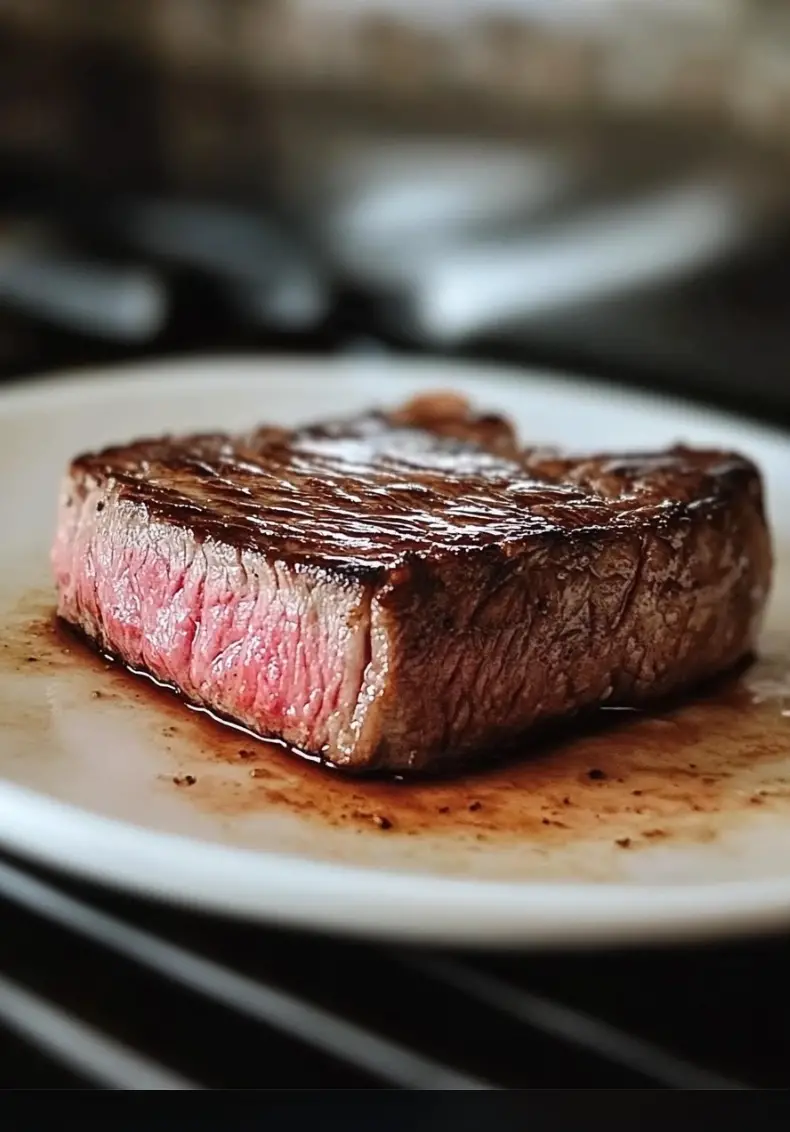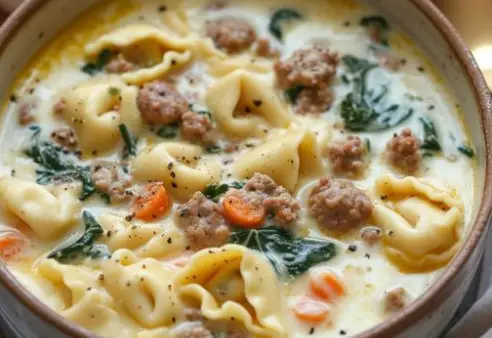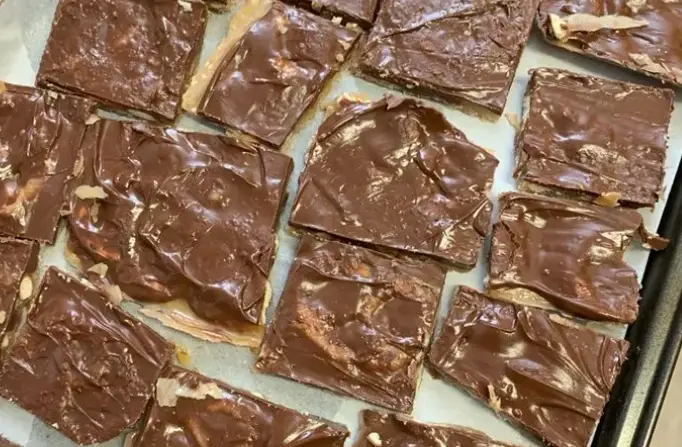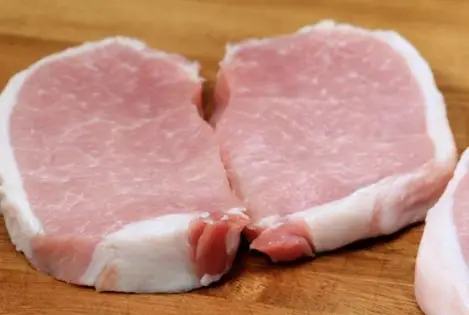Cooking a steak is a skill that, once mastered, can result in a perfectly juicy and flavorful meal. Whether you prefer your steak cooked on the stovetop, grilled, or even finished in the oven, this guide will walk you through the steps to make a delicious steak.
Ingredients:
- Steak (choose your preferred cut: ribeye, sirloin, filet mignon, New York strip)
- Kosher salt and black pepper, to taste
- 2 tablespoons butter
- 1-2 tablespoons olive oil
- 2-3 cloves garlic, smashed
- Fresh herbs, such as rosemary or thyme (optional)
Step 1: Choose the Right Steak Cut
Selecting a quality cut of steak is essential. Some popular choices include:
- Ribeye: Well-marbled and flavorful
- New York Strip: Leaner than ribeye but still tender
- Sirloin: Affordable and lean
- Filet Mignon: Tender and mild in flavor
For the best flavor and tenderness, look for steaks with good marbling (thin streaks of fat within the meat).
Step 2: Bring the Steak to Room Temperature
Remove the steak from the fridge and let it sit at room temperature for about 30 minutes before cooking. This helps the steak cook more evenly.
Step 3: Season the Steak
Generously season both sides of the steak with kosher salt and freshly ground black pepper. You can also rub the steak with olive oil to help with browning.
Step 4: Choose Your Cooking Method
Stovetop Cooking (Pan-Searing):
- Heat the Pan: Heat a heavy skillet or cast iron pan over medium-high heat. Add 1 tablespoon of olive oil to the pan.
- Sear the Steak: Once the oil is shimmering hot, carefully place the steak in the pan. Sear the steak for 2-3 minutesper side, until a golden-brown crust forms.
- Add Butter, Garlic, and Herbs: In the last minute of cooking, add 2 tablespoons of butter, smashed garlic cloves, and fresh herbs (optional) to the pan. Tilt the pan slightly and use a spoon to baste the steak with the melted butter for extra flavor.
- Check for Doneness: Use a meat thermometer to check the internal temperature of the steak:
- Rare: 120°F (49°C)
- Medium-Rare: 130°F (54°C)
- Medium: 140°F (60°C)
- Medium-Well: 150°F (66°C)
- Well-Done: 160°F (71°C)
- Rest the Steak: Remove the steak from the pan and let it rest for 5-10 minutes. This allows the juices to redistribute throughout the meat, ensuring a juicy steak.
Grilling:
- Preheat the Grill: Preheat your grill to high heat. Clean and oil the grates to prevent sticking.
- Grill the Steak: Place the steak on the grill and sear for 4-5 minutes on each side, depending on thickness and desired doneness.
- Finish with Butter (Optional): While grilling, you can brush the steak with melted butter and herbs for extra flavor.
- Check for Doneness: Use a meat thermometer to check the internal temperature, following the guide above.
- Rest the Steak: Allow the steak to rest for 5-10 minutes before slicing.
Oven Finish (Reverse Searing):
- Preheat the Oven: Preheat your oven to 275°F (135°C).
- Prepare the Steak: Season the steak and place it on a wire rack set on a baking sheet.
- Bake the Steak: Bake for 15-20 minutes, or until the internal temperature is about 10°F below your desired doneness (e.g., 120°F for medium-rare).
- Sear the Steak: Heat a skillet with olive oil over high heat, and sear the steak for 1-2 minutes on each side to get a beautiful crust.
- Rest the Steak: Let the steak rest for 5-10 minutes before slicing and serving.
Step 5: Slice and Serve
Once your steak has rested, slice it against the grain (perpendicular to the muscle fibers) for the most tender bites. Serve with your favorite sides like mashed potatoes, grilled vegetables, or a fresh salad.
Cooking Notes:
- Marbling Matters: Steaks with more marbling (fat) tend to be juicier and more flavorful.
- Room Temperature Steak: Allowing the steak to reach room temperature before cooking ensures more even cooking throughout.
- Basting: Basting the steak with butter and herbs during the last minute of cooking adds an extra layer of flavor.
Variations:
1. Garlic Butter Steak
Top your steak with a dollop of homemade garlic butter (butter mixed with minced garlic, fresh parsley, and a squeeze of lemon juice) for a rich, savory finish.
2. Peppercorn Crusted Steak
Before cooking, coat the steak with freshly cracked black peppercorns for a flavorful crust.
3. Steak with Chimichurri
Serve your steak with chimichurri sauce made from fresh parsley, garlic, olive oil, red wine vinegar, and chili flakes for a fresh, tangy accompaniment.
Frequently Asked Questions (FAQs)
Q: How do I prevent my steak from being tough?
A: Use a meat thermometer to avoid overcooking. Also, always let the steak rest after cooking to allow the juices to redistribute.
Q: What oil should I use for cooking steak?
A: Use a high-heat oil like olive oil, canola oil, or avocado oil for searing. Avoid butter for searing at first, as it can burn quickly.
Q: Can I marinate the steak?
A: Yes! You can marinate your steak for added flavor, but for high-quality cuts like ribeye or filet mignon, salt, pepper, and olive oil are often enough.
Cooking the perfect steak requires just a few simple steps but delivers impressive results. Whether you prefer to pan-sear, grill, or oven-finish your steak, following these guidelines will ensure a juicy, flavorful steak every time. Enjoy your perfectly cooked steak with your favorite sides and sauces for a satisfying and delicious meal!






